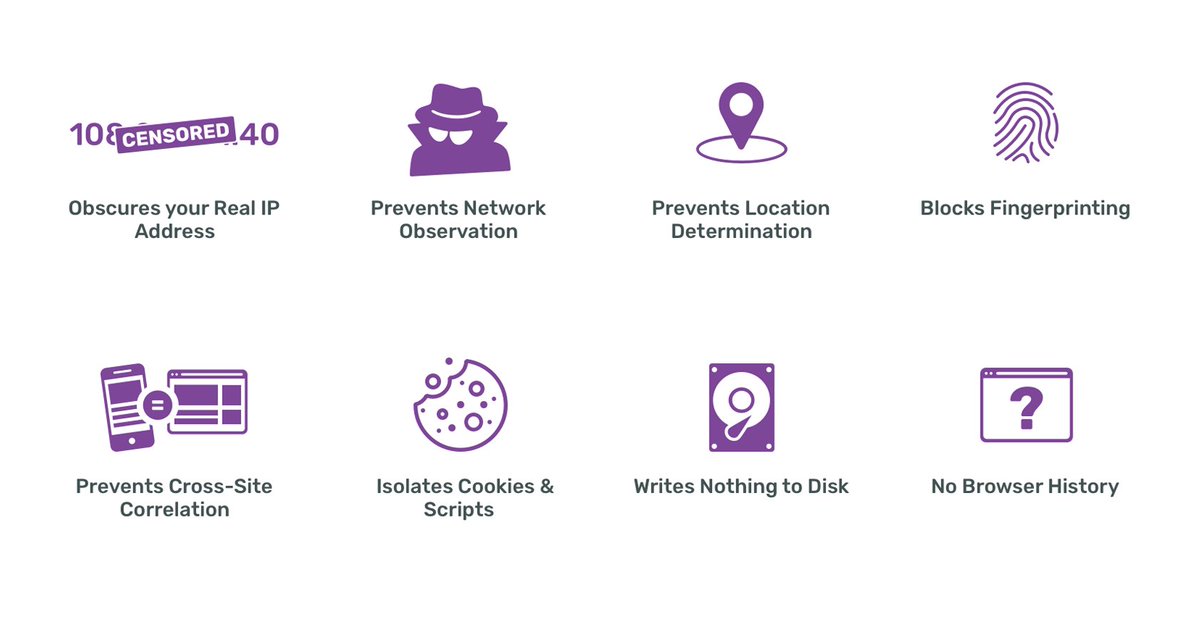The Tor Project is a Massachusetts-based nonprofit organisation maintaining open-source software that provides web privacy and anonymity.
How did the Tor Project come about?
“Tor Project, Inc, became a 501(c)3 nonprofit in 2006, but the idea of “onion routing” began in the mid-1990s.”
In the 1990s, the dangers and lack of security on the internet was becoming clear. In 1995, David Goldschlag, Mike Reed, and Paul Syverson at the U.S. Naval Research Lab posited whether there was a way to create encrypted internet connections that don’t reveal personal data, even to a network monitor. Their answer was to create and deploy the first research designs and prototypes of onion routing.
How does Onion Routing work, and how is it different?
“When you use Tor Browser, your traffic is routed over the Tor network before reaching the website you want to visit. Your traffic is encrypted three times as it passes over these servers, known as Tor relays. There are over 6000 of these volunteer-run servers around the world. No one relay can see someone’s entire circuit through the network.”

“Tor Browser provides the most comprehensive privacy protections of any browser by default. And it can help people circumvent censorship.”
What are your plans for growth this year?
“In 2020, we want to scale the Tor network to handle an increase in users. More and more people are interested in protecting their privacy online. For example, Mozilla is researching how to implement a Tor tab into Firefox. In order to offer a positive experience for tens of thousands of users from Firefox and others, we must scale the network.”
The company plans to “promote and normalise onion services adoption and continue to debunk the myth of the ‘dark web’ by helping organisations set up onion services and SecureDrop instances. News organisations that adopt onion services will join the ranks of the BBC, The New York Times, ProPublica, and other publications that rely on Tor to offer censorship-resistant news and sources protections.”
The Project also aims to “improve the usability of Tor Browser for desktop and mobile for people of all technical skill levels.”
What challenges has the Tor project overcome?
“Our software is relied on by millions of people around the world to browse freely and privately online and is the backbone of an entire ecosystem of tools, so managing that as a small nonprofit organisation developing free and open-source software is an ongoing challenge.”
“Everyone at the Tor Project and in our community believes people should be able to use the internet with privacy and freedom, and we work every day to make that a reality.”



